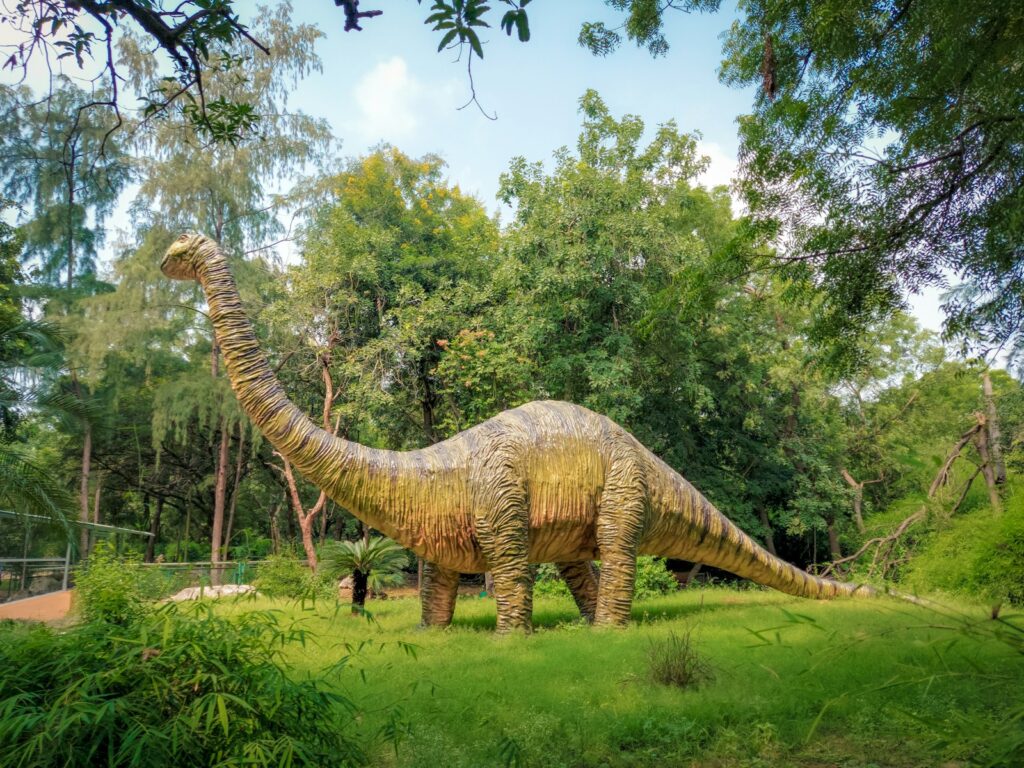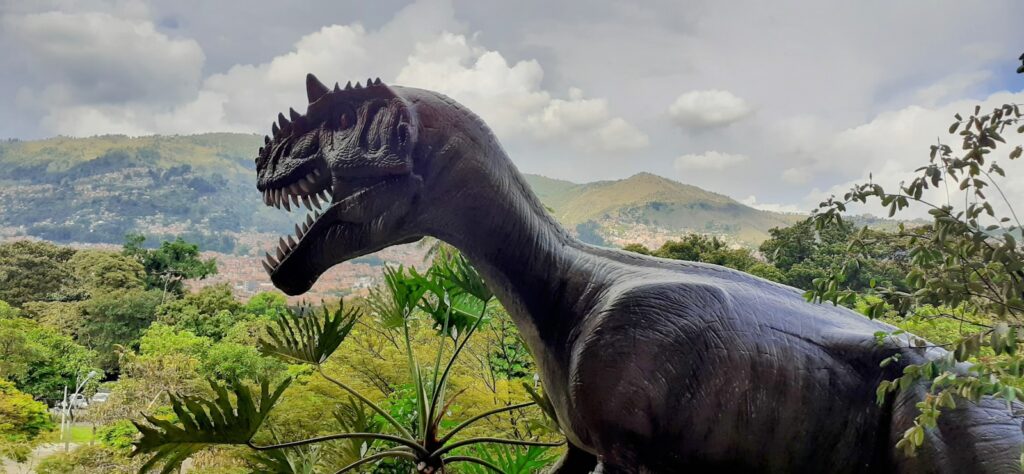Picture this: you’re standing in a lush Triassic forest 230 million years ago, surrounded by towering ferns and ancient conifers. The air is thick and humid, and suddenly, you hear rustling in the undergrowth. A sleek, bipedal creature emerges – one of Earth’s first dinosaurs. Your heart pounds as a primal question flashes through your mind: could you outrun this prehistoric pioneer? The answer might surprise you, and it’s far more complex than you’d imagine.
The Dawn of the Dinosaur Era
The Triassic Period wasn’t exactly dinosaur paradise – it was more like their awkward teenage years. These early dinosaurs were small, scrappy survivors trying to make their mark in a world dominated by massive archosaurs and other reptilian giants. Most of the first dinosaurs were no bigger than a modern turkey, which already gives you a fighting chance in that hypothetical chase scenario.
What made these early dinosaurs special wasn’t their size, but their revolutionary body design. They had evolved a unique hip structure that allowed them to walk upright, unlike their sprawling cousins who dragged their bellies along the ground. This upright posture was like switching from crawling to running – it opened up entirely new possibilities for speed and agility.
Meet Eoraptor: The Original Speed Demon
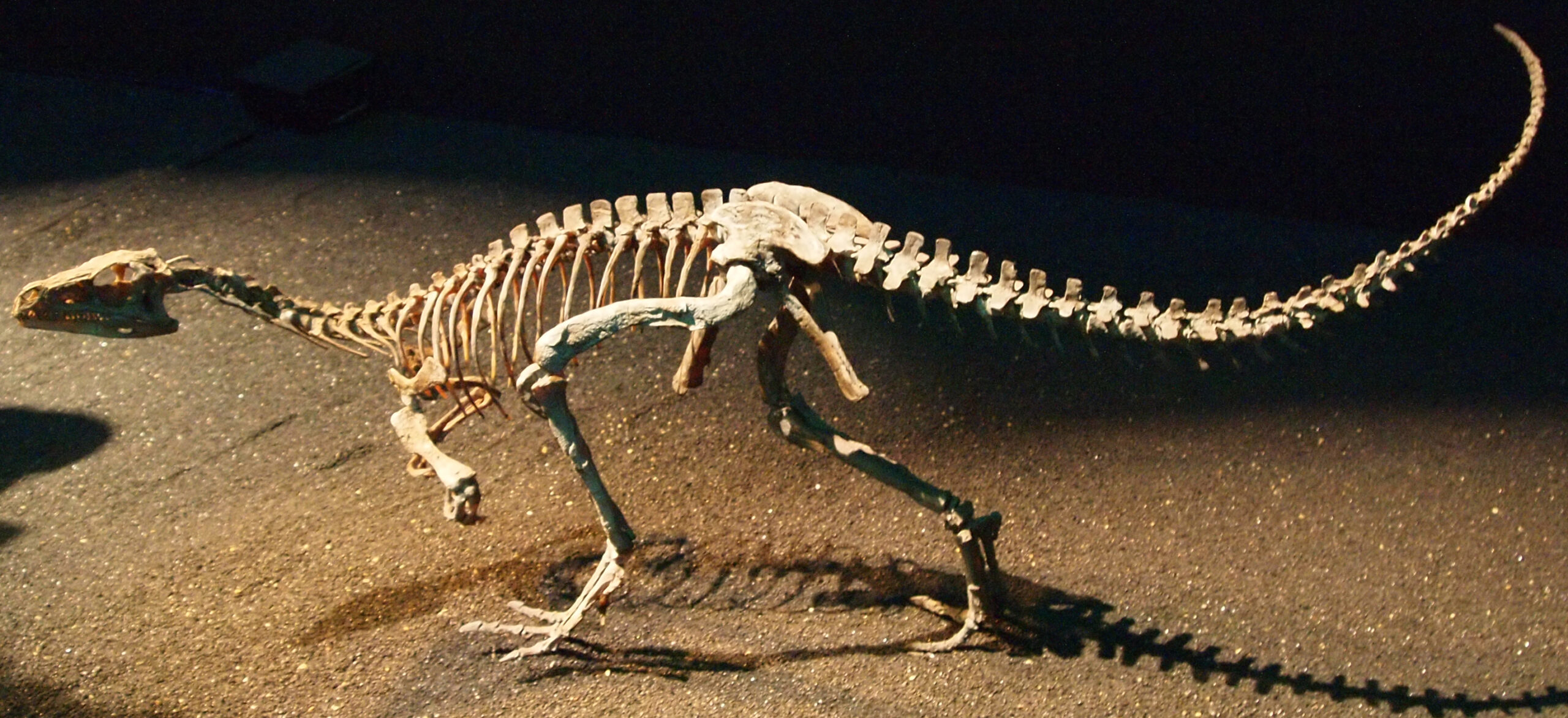
Eoraptor, whose name literally means “dawn thief,” was about the size of a small dog and weighed roughly 22 pounds. This little guy was built for speed, with long, slender legs that could carry him at impressive velocities for his size. Scientists estimate that Eoraptor could reach speeds of up to 24 miles per hour – faster than most humans can sprint.
But here’s where it gets interesting: while Eoraptor could outpace you in a short dash, he probably couldn’t maintain that speed for long. His small lungs and primitive cardiovascular system meant he was more of a sprinter than a marathon runner. If you could survive the initial burst of speed, you might actually have a chance in a longer chase.
Staurikosaurus: The Mysterious Runner
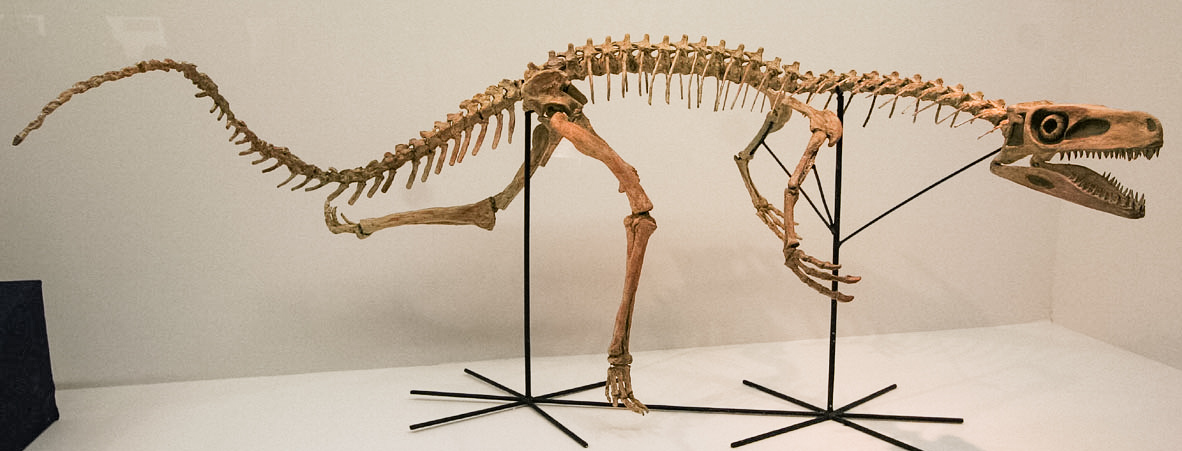
Staurikosaurus remains one of the most enigmatic early dinosaurs, partly because we only have fragmentary fossils to work with. What we do know is fascinating: this dinosaur was slightly larger than Eoraptor, measuring about 6 feet in length, but still maintaining that lightweight, agile build that characterized early dinosaurs.
The leg bones of Staurikosaurus tell a story of speed and efficiency. The proportions suggest an animal that could achieve bursts of around 20-25 mph, similar to a modern roadrunner. However, unlike modern birds, Staurikosaurus lacked the advanced respiratory system that would allow for sustained high-speed running.
Herrerasaurus: The Formidable Predator
Now we’re talking about a dinosaur that might actually give you nightmares. Herrerasaurus was significantly larger than its contemporaries, reaching lengths of up to 20 feet and weighing around 770 pounds. This wasn’t just a bigger version of the smaller dinosaurs – it was a completely different kind of threat.
Despite its impressive size, Herrerasaurus maintained the bipedal locomotion that made early dinosaurs so successful. Biomechanical studies suggest it could reach speeds of 30-35 mph in short bursts – faster than any human has ever run. The good news? You’d probably hear this massive predator coming from quite a distance, giving you time to find a very tall tree to climb.
The Biomechanics of Triassic Speed
Understanding how fast these ancient creatures could run requires diving into the fascinating world of biomechanics. Early dinosaurs had several key advantages: their upright stance reduced energy waste, their long legs provided impressive stride length, and their lightweight bones allowed for rapid acceleration. Think of them as the sports cars of the Triassic world – built for performance, not comfort.
However, they also had significant limitations. Their breathing systems were relatively primitive compared to modern birds, and their muscle attachment points suggest they were optimized for quick bursts rather than endurance running. This means that while they could achieve impressive top speeds, they couldn’t maintain them for extended periods.
Human vs. Dinosaur: The Ultimate Showdown
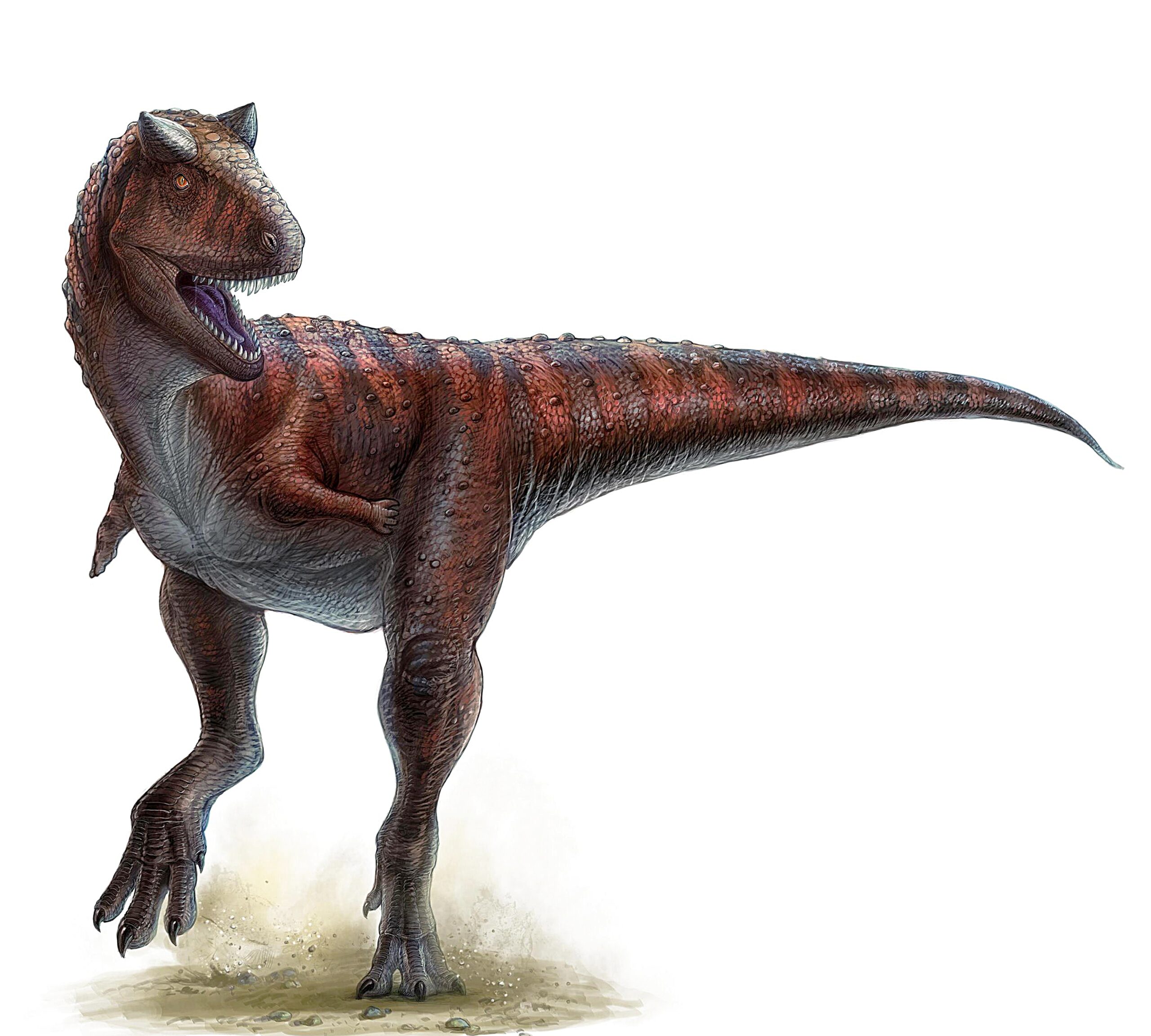
The average human can sprint at about 15-20 mph for short distances, while our best marathon runners maintain around 12-13 mph for hours. Most early dinosaurs could outpace us in a sprint, but humans have one massive advantage: endurance. Our advanced cardiovascular system, efficient sweating mechanism, and optimized running gait make us incredible distance runners.
In a short chase, most Triassic dinosaurs would catch you easily. But if you could survive the initial pursuit and turn it into a marathon, you might actually outlast your prehistoric pursuer. It’s a thrilling thought – humans as the ultimate persistence hunters, even against dinosaurs.
The Triassic Landscape: Running Conditions
The terrain you’d be running through would significantly impact your chances of escape. The Triassic world was vastly different from today, with no grass and dense forests of ferns, conifers, and cycads. The ground would have been uneven, covered in fallen logs and primitive vegetation that could either help or hinder your escape.
The climate was also much warmer and more humid than most places today, which would quickly sap your energy and make sustained running even more challenging. Early dinosaurs, being cold-blooded or at best primitively warm-blooded, might have had similar struggles with temperature regulation during extended chases.
Coelophysis: The Pack Hunter
While technically from the later Triassic, Coelophysis represents the evolution of early dinosaur hunting strategies. These 9-foot-long predators were built like greyhounds – lean, fast, and designed for pursuit hunting. They could reach speeds of around 25-30 mph, making them formidable chasers.
What made Coelophysis particularly dangerous was their suspected pack-hunting behavior. While you might outrun one, facing a coordinated group would be virtually impossible. These dinosaurs were among the first to demonstrate the intelligence and social coordination that would eventually make their descendants the dominant predators on Earth.
The Evolution of Speed in Early Dinosaurs
The development of speed in early dinosaurs wasn’t just about catching prey – it was about survival in a competitive world. The Triassic was a time of intense evolutionary pressure, with dinosaurs competing against more established predators like rauisuchians and various archosaurs. Speed became their secret weapon, allowing them to exploit new ecological niches.
This evolutionary arms race led to increasingly sophisticated locomotion systems. Early dinosaurs developed hollow bones for weight reduction, improved muscle attachment points for power, and more efficient joint systems for energy conservation. Each innovation brought them closer to the incredible speeds we see in modern birds and mammals.
Modern Comparisons: Learning from Living Speedsters

To understand how fast early dinosaurs could run, scientists often compare them to modern animals with similar body structures. Ostriches, for instance, can reach speeds of 45 mph and maintain 30 mph for extended periods. Early dinosaurs likely fell somewhere between modern lizards and birds in terms of speed and endurance capabilities.
Interestingly, some modern lizards like the bearded dragon can briefly run on their hind legs at speeds approaching 9 mph. This gives us a glimpse of what early dinosaur locomotion might have looked like – a dramatic, almost comical sight that would have been revolutionary in the Triassic world.
The Respiratory Challenge

One of the biggest limitations for early dinosaurs was their breathing system. Unlike modern birds, which have incredibly efficient air sacs that allow for continuous oxygen flow, early dinosaurs relied on a more primitive lung system similar to modern reptiles. This meant they could achieve impressive burst speeds but would quickly become oxygen-depleted during extended running.
This respiratory limitation is actually one of the reasons you might survive a prolonged chase. While these ancient predators could sprint impressively, they’d need frequent rest breaks to recover their oxygen levels. Smart humans could potentially exploit these recovery periods to maintain distance or find better hiding spots.
Environmental Factors and Speed
The Triassic environment presented unique challenges for high-speed chases. The atmospheric oxygen levels were different from today, potentially affecting both dinosaur and human performance. Additionally, the dense vegetation and unstable ground conditions would have made running treacherous for both predator and prey.
Temperature regulation would have been a major factor as well. Early dinosaurs, lacking the advanced thermoregulation of modern birds, would have struggled to maintain peak performance in the hot, humid Triassic climate. This gives humans another potential advantage – our superior cooling system through sweating could help us maintain performance longer in challenging conditions.
The Verdict: Could You Survive?
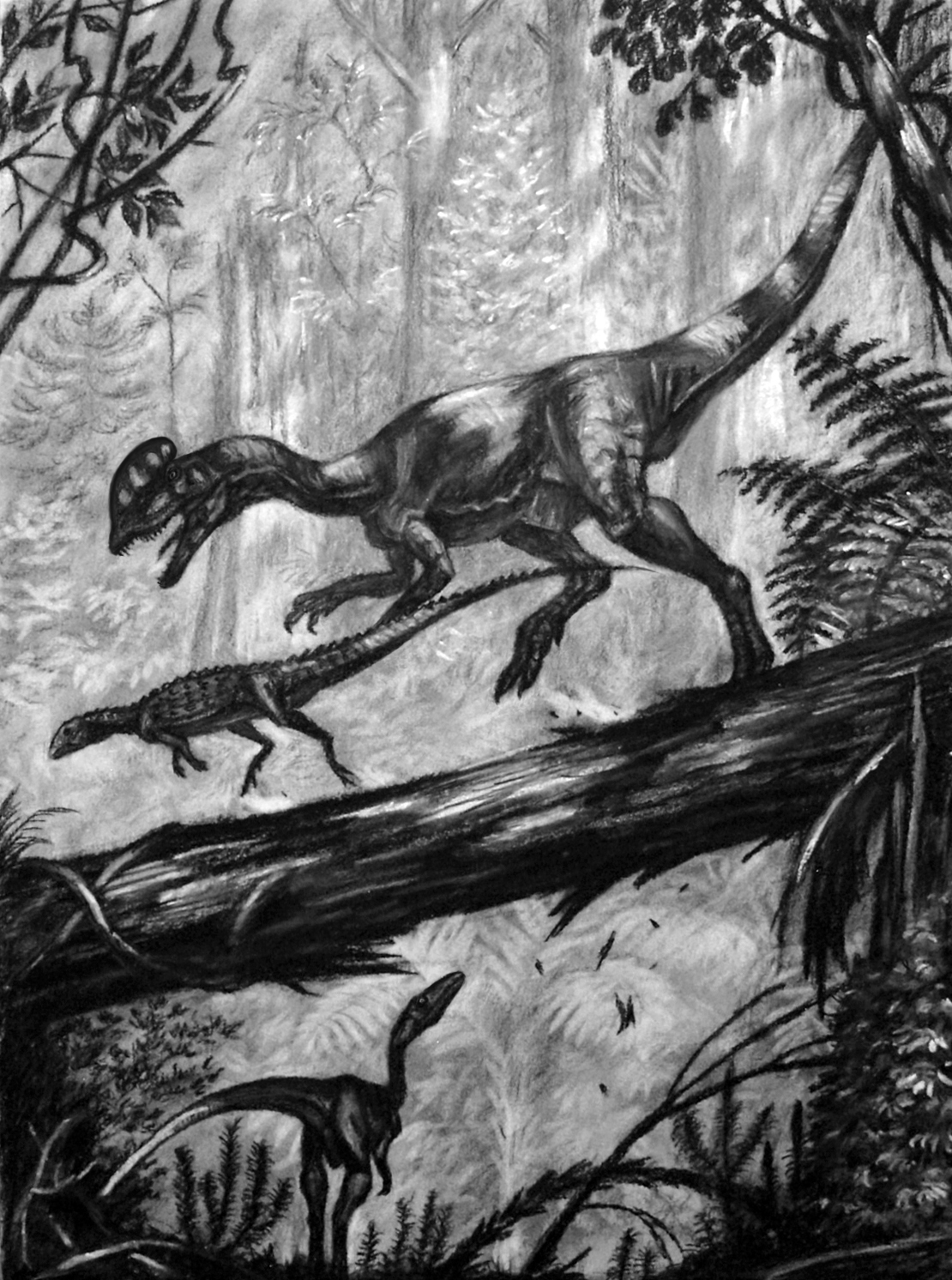
The answer depends entirely on the specific dinosaur and the circumstances of your encounter. Against smaller species like Eoraptor or Staurikosaurus, you’d need to rely on endurance rather than speed. These agile predators could outrun you initially, but their limited stamina might give you a chance if you could survive the first crucial minutes.
Against larger predators like Herrerasaurus, your only hope would be to avoid the encounter entirely or find immediate shelter. These massive predators combined impressive speed with staying power that would overwhelm most humans. The key to survival would be environmental awareness and strategic thinking rather than raw athletic ability.
The Legacy of Triassic Speed
The speed innovations developed by early dinosaurs didn’t disappear with the Triassic – they evolved and improved over millions of years. The bipedal locomotion, hollow bones, and efficient muscle systems pioneered by these ancient speedsters eventually gave rise to some of the fastest animals ever to live on Earth.
Modern birds are direct descendants of these Triassic sprinters, and they’ve taken the speed game to incredible new levels. When you watch a roadrunner dash across the desert or a peregrine falcon dive at over 200 mph, you’re witnessing the ultimate expression of evolutionary innovations that began with those first small dinosaurs running through ancient forests.
So, could you outrun the first dinosaur? The answer is both yes and no – it depends on which dinosaur, what distance, and how cleverly you play the game. These ancient speedsters were formidable in their own right, but they were still learning the rules of the running game that their descendants would eventually master. What’s your strategy – would you bet on your sprinting speed or your marathon endurance?

